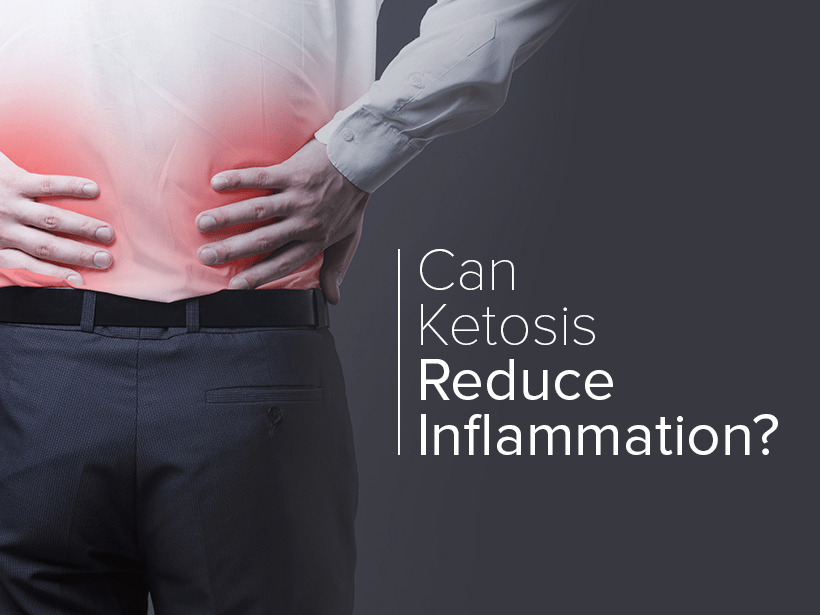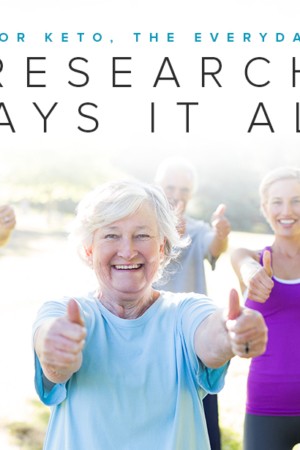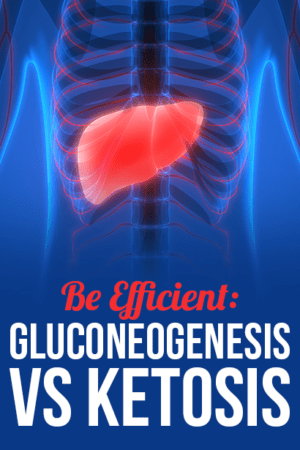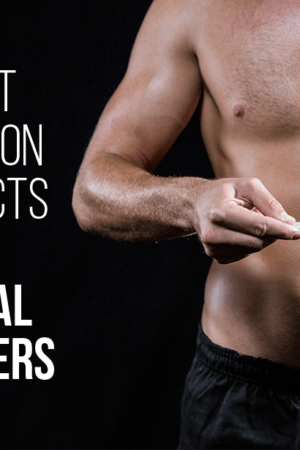Inflammation is a complicated process. On the outside, it looks like a swelling and reddening of the affected area, and it hurts like heck. But on the inside, it’s so much more than that. It’s a tangle of signal cascades involving cytokines, proteins, signaling molecules, etc. Combine the science with that of the science of ketosis, and you’ve got a beautiful relationship.
Fat Accumulation and Inflammation
Recently, researchers have been looking into the effect of carbs on fat accumulation and inflammation. They look specifically at non-alcoholic fatty liver disease in animal models. In one study, rodents were fed high-fructose corn syrup which resulted in a fatty liver and inflammation.1 During digestion, your food goes to your stomach and then intestines where the nutrients are absorbed into your gut.
Liver Metabolism
When this partially-digested nutrition gets to the liver, if the liver gets the wrong substrates and your nutrition, metabolism, and immunity aren’t perfectly balanced, inflammation can occur. More specifically, it’s thought that after this insult to your liver, a cascade is triggered after stimulating something called the inflammasome. The inflammasome refers to a complex of proteins within the immune cells of your liver. The end result is an inflammatory response.
Nerding Out Over Inflammasomes
For those who enjoy “nerding” out over science (GUILTY), read this section! So, here’s what happens. You get these initial signals that prime the inflammasome by actually upregulating transcription of its components and promoting the production of pro-cytokines. This allows the inflammasome to produce its own metabolic danger signals like ATP and uric acid. ATP and uric acid are thought to activate alcoholic liver disease. This results in the production of chemokines that recruit more immune effectors to the injured liver.2 In plain English, this means that by eating something your liver doesn’t like, you can trigger your liver to produce an immune response. It’s thought to be causative of gout, obesity, multiple sclerosis, and atherosclerosis.
The Magic Behind Ketosis
Now, this is where it gets really cool. Researchers are studying ketones as a means of shutting off these inflammasomes. One lab looked at ketone production on inflammasome signaling in cells and mice.3 Researchers found that activation of one of the key signaling molecules for inflammation in the liver was inhibited in the presence of Beta-hydroxybutyrate or BHB at the levels normally acquired from a 2 day fast or strenuous exercise. BHB is one of the key components of ketosis. It’s essentially the magic behind the keto diet.
What does this all mean? The keto diet and low-fat diets, in general, might actually be able to prevent inflammation, a very complicated process with a number of pathologies associated with it.4
NUTRITIONAL DISCLAIMER
The content on this website should not be taken as medical advice and you should ALWAYS consult with your doctor before starting any diet or exercise program. We provide nutritional data for our recipes as a courtesy to our readers. We use Total Keto Diet app software to calculate the nutrition and we remove fiber and sugar alcohols, like erythritol, from the total carbohydrate count to get to the net carb count, as they do not affect your blood glucose levels. You should independently calculate nutritional information on your own and not rely on our data. The website or content herein is not intended to cure, prevent, diagnose or treat any disease. This website shall not be liable for adverse reactions or any other outcome resulting from the use of recipes or recommendations on the Website or actions you take as a result. Any action you take is strictly at your own risk.
- Research Shows Improvement in Anorexia Nervosa Condition With Keto - August 6, 2018
- New Potential for Ketogenic Diet to Prevent Alcohol Withdrawal Syndrome - August 1, 2018
- Woman on Early Menopause Saved By Keto - July 25, 2018




